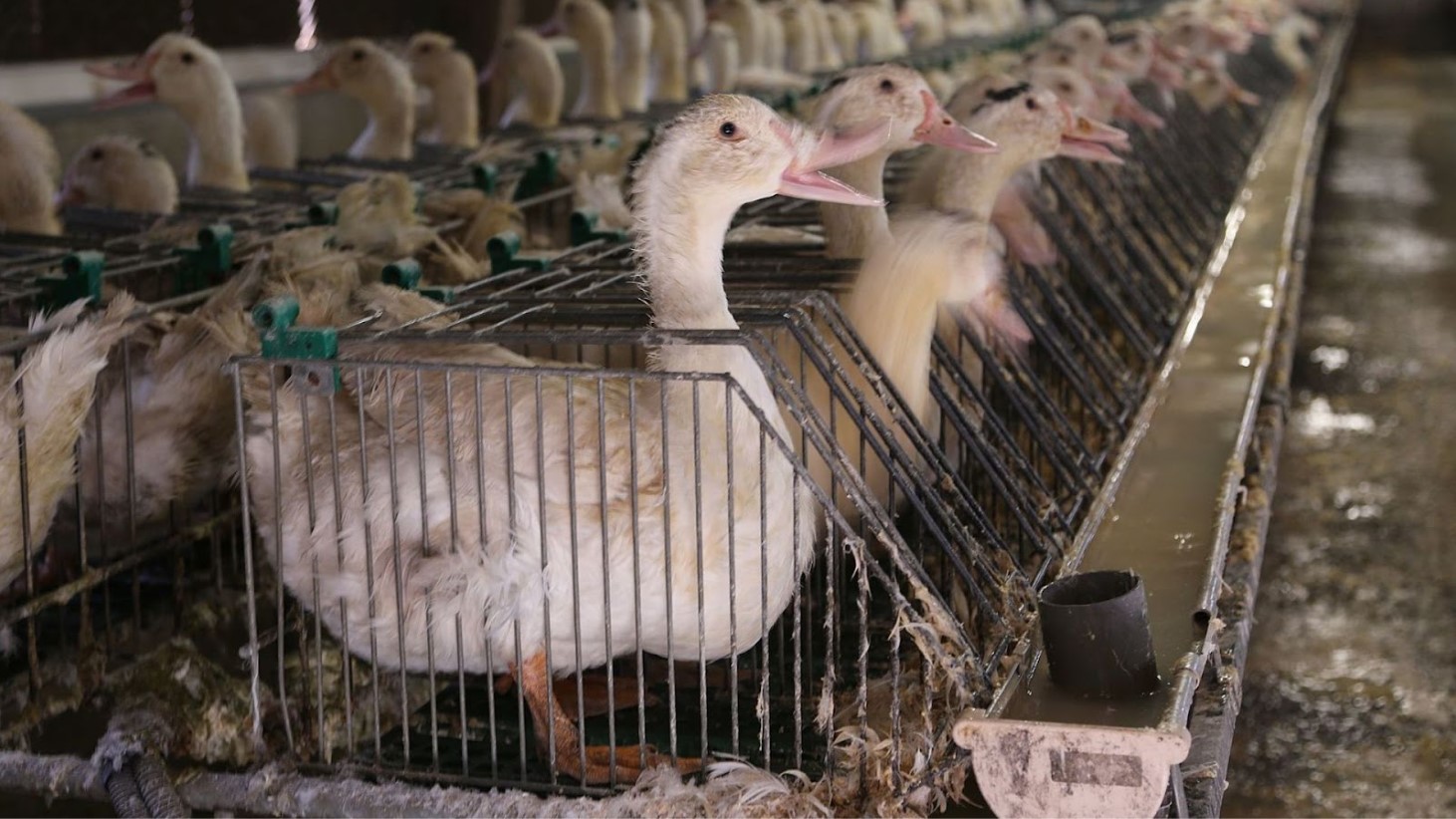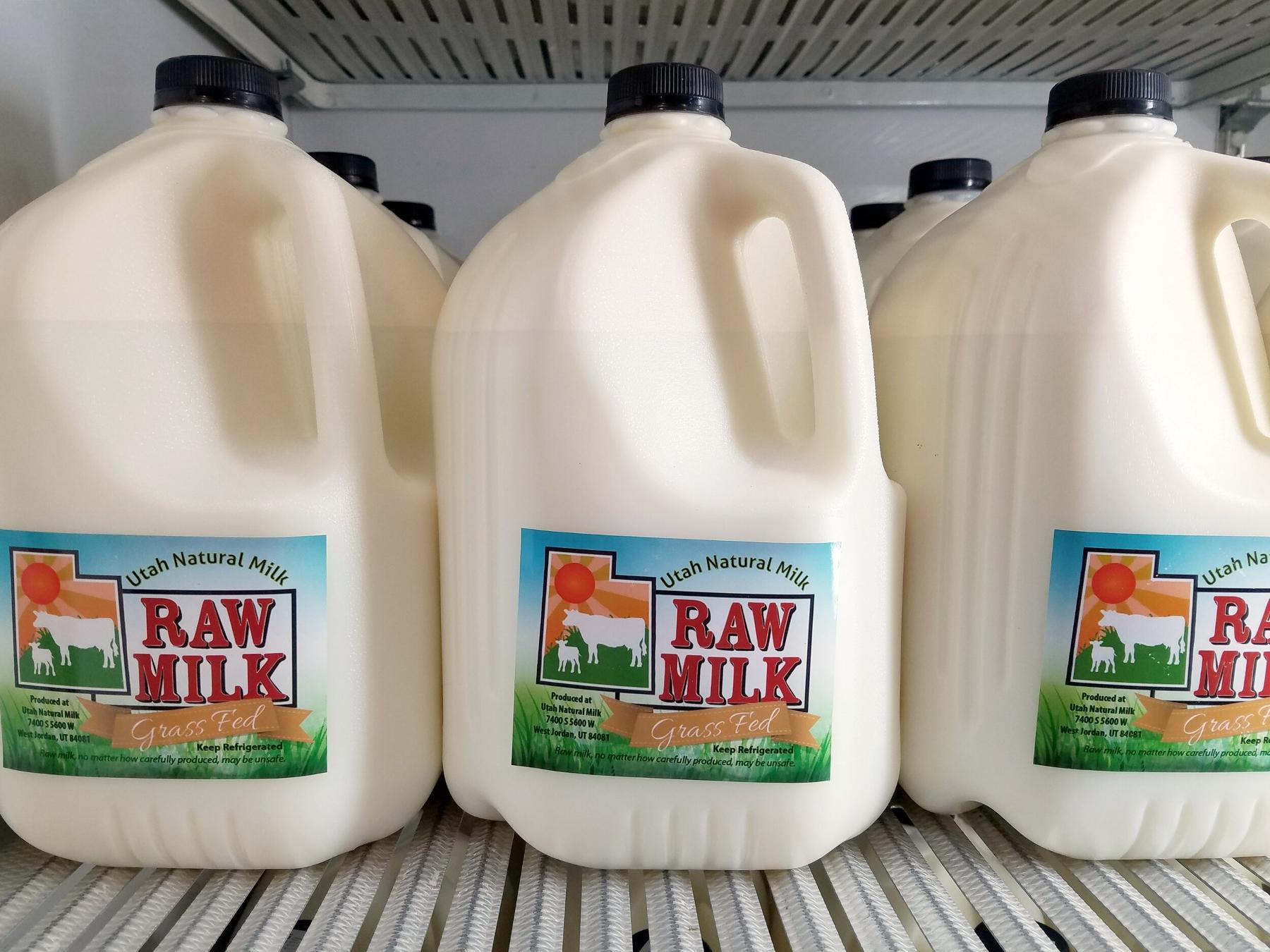Bird Flu Recently Spread to Dairy Cows in the US
A new strain of bird flu, also known as avian influenza or H5N1, has been circulating among birds and other animals globally for several years. Recently, it spread to dairy cows in the US and has infected a few humans working with them.
As of June 6, three dairy farm workers in the US have contracted the virus from cows—two from different facilities in Michigan and one in Texas. Naturally, this raises concerns: Should we worry about catching this virus? Is another pandemic on the horizon?
Currently “Public Health Risk is Low”
The CDC currently states that the “public health risk is low,” emphasizing that the virus poses a greater threat to wildlife. So far, there has been no known human-to-human transmission of this bird flu strain. However, recent years have shown us that diseases can jump between species, affecting humans eventually.
Experts are worried about the US’s ability to control bird flu and prevent its spread among people. There are issues like insufficient USDA guidance on quarantining infected cows, limited monitoring of exposed farm workers (many of whom are undocumented and reluctant to get tested), and a lack of funding to track high-risk individuals. Public health officials are trying to mitigate this by increasing wastewater surveillance and boosting lab capacity for testing and viral sequencing. Although we’re not facing a pandemic yet, there are concerns that current efforts might not be enough.
Focus on Public Health
“From a day-to-day life standpoint, there’s not any risk right now. But there wasn’t any risk to Americans in early January of 2020. By the time we got to April, though, COVID-19 was a real problem,” Emily Landon, MD, an infectious disease doctor at UChicago Medicine, tells SELF.

Source: Wikimedia Commons
“The goal here is to use public health for containment so we never get to that place again. In order to do that, public health has to be really aggressive, and I’m not sure I’m seeing ramped up coverage.”H5N1 primarily affects wild aquatic birds like ducks, geese, and swans but is increasingly jumping to other species, according to Dr. Landon. Globally and in the US, cases have been detected in wild and domestic animals like foxes, cats, dogs, mice, tigers, leopards, sea lions, bears, skunks, and goats.
Global Travel & Living Closer to Animals Increases Risks
Living closer to animals and high levels of global travel increase the likelihood of encountering infected wildlife or spreading germs. This is concerning due to how viral mutations occur: “The more humans that get it, whether from an animal or another human, the more you open the door for the virus to make a mistake in its replication that results in more significant human-to-human transmission,” Dr. Landon says. “That’s where we can see a real problem coming down the pike.”

Source: Abed Albaset Alhasan/Pexels
H5N1 was first identified in 1996, making it a well-studied virus. Over the past three decades, bird flu infections in humans have not surged, and there has been no evidence of easy human-to-human transmission. According to the CDC, about 890 people have been infected with H5N1 since 1997, averaging about 33 cases per year. This is minimal compared to the vast number of infected animals, Dr. Landon says.
Recent Cases Show Mild Symptoms
“Without direct contact with an infected animal, there is low concern for infection,” Carla Garcia Carreno, MD, pediatric infectious disease specialist at Children’s Medical Center Plano in Texas, tells SELF.

Source: Freepik
Although bird flu has had a high mortality rate in humans over the last 30 years, recent cases in the US have shown mild symptoms. The first two individuals infected this year experienced eye problems, while the third had a cough and some eye discomfort.
Not an Imminent Threat
There hasn’t been a significant increase in emergency room visits or positive lab tests for human flu viruses. “These are all really great reasons to think that bird flu isn’t a huge imminent threat,” Dr. Landon says.

Source: Pixabay/Pexels
Several factors might explain why people are experiencing mild symptoms despite the historically high death rate. Cows don’t get as sick as chickens, potentially leading to a lower viral load. The current circulating strain may be less harmful, or the farm workers infected might be generally healthier and have stronger immune systems.
Stay Vigilant
“Regardless, we should still be vigilant about spread. In other settings, humans have had very severe disease, but we can’t count on these infections being predictive of whatever variant becomes able to spread reliably between humans,” Dr. Landon says.

Source: Patrick Assalé/Unsplash
“This virus still needs to change in order to be able to cause a pandemic, but we can’t predict how that change will happen and if it will get worse or better for the humans that get it.”
Are There Tests for Bird Flu?
You can get tested for bird flu but typically only if you’ve been in close contact with potentially infected wild birds. If you suspect exposure, inform a doctor, who will swab your throat or nose and send the sample to a specialized lab for testing.

Source: Sven Hoppe/picture alliance via Getty Images
Bird flu symptoms—sore throat, runny nose, fatigue—are similar to those of other viruses, making it hard for doctors to determine who needs a test. However, public health officials are not testing as many exposed individuals as necessary, raising concerns about silent spread. On May 24, the CDC reported that “more than 350 people have been monitored as a result of their exposure to infected or potentially infected animals, and at least 39 people who have developed flu-like symptoms have been tested as part of this targeted, situation-specific testing.”
Drinking Raw Milk Can Lead to Bird Flu
Bird flu can be airborne. People can catch the virus by touching contaminated surfaces or animals, or by inhaling virus-containing droplets or small aerosol particles from infected wildlife. These droplets can also land in your eyes, mouth, or nose. Experts believe farm workers are likely getting infected by touching contaminated surfaces, like milking machines, but more research is needed to confirm this.

Source: Reddit
You can also get bird flu from raw milk. Dr. Landon says this is a significant concern as more people consume raw milk for its purported health benefits. The pasteurization process, which raw milk doesn’t undergo, kills harmful bacteria and viruses like the bird flu. The FDA states that nearly 99% of the commercial milk supply is pasteurized, but raw products sold by local farmers in several states may contain H5N1 or other dangerous pathogens like salmonella, E. coli, Listeria, and campylobacter. A recent FDA survey of 297 samples of pasteurized dairy products from retail stores in 17 states found some contained bird flu traces, but further testing showed the virus was not live or infectious—meaning pasteurization worked. Raw dairy products, however, may contain live viruses and bacteria.
Bird Flu from Food Sources
The odds of getting bird flu from eating runny eggs are low, especially if you buy pasteurized eggs. However, it’s advisable to cook eggs thoroughly to an internal temperature of 165 degrees Fahrenheit, which kills any germs. This means over-easy and sunny-side-up eggs with runny yolks should be avoided, particularly for vulnerable groups like babies, young children, older adults, pregnant people, and those with weakened immune systems.

Source: Nick Fewings/Unsplash
Getting bird flu from eating chicken, turkey or beef is highly unlikely if properly cooked. Food safety experts advise cooking poultry to an internal temperature of 165 degrees Fahrenheit and beef between 145 and 165 degrees Fahrenheit. A recent USDA investigation of 109 beef samples found one positive for H5N1, but it didn’t enter the food supply. Even if it had, cooking would have killed the virus. Other tests on ground beef samples from grocery stores in states with bird flu outbreaks in cows found no evidence of the virus.
Does the Flu Vaccine Protect you from Bird Flu?
Seasonal flu vaccines do not protect against bird flu viruses, according to the CDC. However, getting your annual flu shot is still essential, as a double infection with regular flu and bird flu can make you sicker and increase the chances of viral mutations.

Source: Ed US/Unsplash
The CDC recommends that anyone who might handle potentially infected birds get a regular flu shot a couple of weeks in advance.
Steps to Take Should You Find a Dead Bird
If you find a dead bird, first, contact your local health department or wildlife agency for guidance, as policies vary by state. If instructed to dispose of the bird, use gloves or a plastic bag turned inside out to handle it and dispose of it safely.

Source: Freepik
Common backyard birds like robins, blue jays, sparrows, cardinals, and pigeons typically don’t carry bird flu viruses. However, avoid touching wild birds as they might not appear sick when they are. “If a bird runs into your window and falls on your balcony, don’t try to save it and document it on TikTok,” Dr. Landon says. “At least not right now.”
